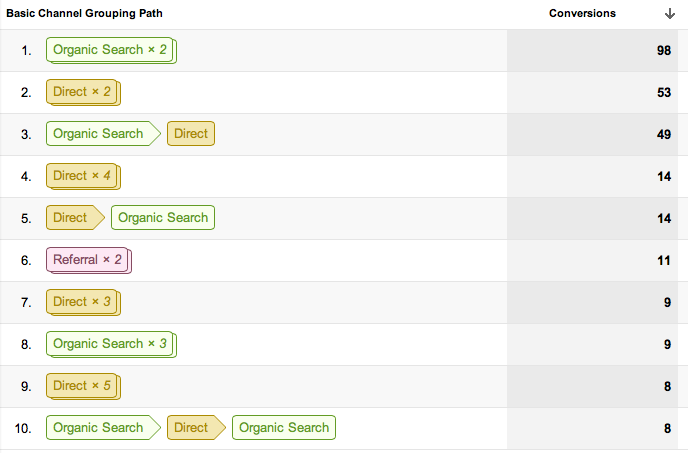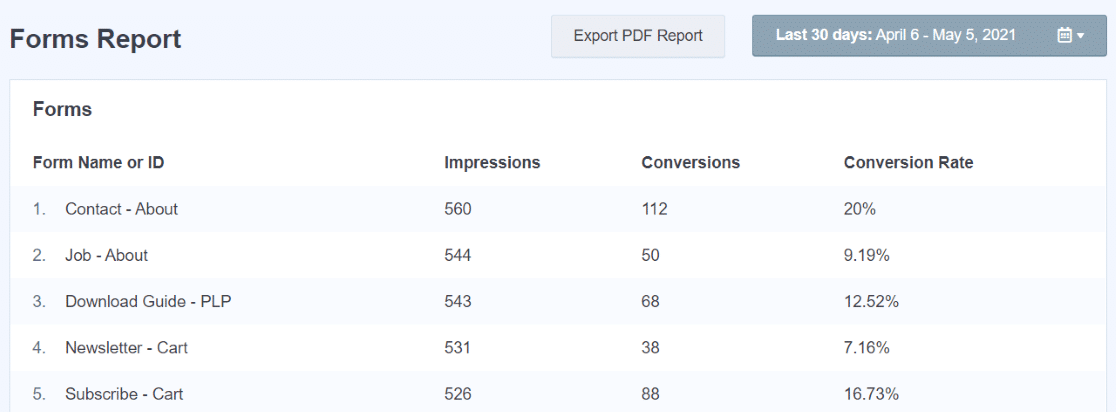What Data Is Google Analytics Goals Unable to Track and Why
What Data Is Google Analytics Goals Unable to Track and Why
Blog Article
Discover the Limitations of Google Analytics Goals: Unveiling the Data Types That Remain Untrackable
As organizations progressively rely on data-driven decision-making, understanding the limitations of devices like Google Analytics becomes paramount. While Google Analytics Goals deal important insights into individual interactions, there exist information kinds that elude tracking, posing difficulties to a comprehensive understanding of user habits.
Incomplete Individual Journey Tracking
Incomplete individual trip monitoring within Google Analytics can impede the capacity to accurately examine user habits. When the customer journey is not fully tracked, there are spaces in the data that prevent an extensive understanding of exactly how individuals engage with a website. This absence of understanding can bring about missed out on possibilities for optimization and improvements to the individual experience.
One common issue with incomplete user journey monitoring is the failure to see the complete course that individuals take in the past finishing a goal or leaving the site. Without this info, it is testing to identify where individuals might be experiencing challenges or rubbing points that prevent them from transforming. Furthermore, insufficient tracking can obscure the effect of specific advertising and marketing efforts or site modifications on user behavior.
To resolve this restriction, it is vital to establish proper monitoring systems within Google Analytics to capture the whole individual trip. This may involve establishing event monitoring, goal funnels, or making use of tools like Google Tag Supervisor to make sure that no crucial interactions go unrecorded. By obtaining a thorough view of the customer trip, web site proprietors can make more enlightened decisions to improve customer engagement and drive conversions.
Acknowledgment Challenges
Browsing via acknowledgment obstacles in Google Analytics requires a detailed understanding of how different touchpoints contribute to the overall conversion process. Attribution difficulties emerge from the complexity of modern client trips, where users engage with multiple networks prior to converting.
One typical attribution challenge is the difficulty in associating conversions to the appropriate resource, especially in situations where customers interact with numerous networks before converting. In addition, cross-device tracking postures an additional acknowledgment difficulty, as individuals commonly change between tools during their trip, making it challenging to track their communications perfectly.
Offline Conversions
Offered the challenges connected with associating conversions properly in online channels, the dimension of offline conversions presents a considerable opportunity for marketers looking for a more thorough understanding of their clients' journey. Offline conversions describe actions that clients absorb the physical world, such as making purchases in brick-and-mortar shops or over the phone, attending events, or involving with published products - what data is google analytics goals unable to track. These conversions are important for businesses that operate both online and offline, as they give important understandings right into the efficiency of marketing projects throughout various touchpoints
Tracking offline conversions traditionally posed a substantial obstacle for online marketers, as it was challenging to connect these activities back to details on the internet interactions accurately. However, with innovations in technology, such as the integration of CRM systems, special identifiers, and voucher codes, organizations can now bridge the void between online and offline data to obtain a more all natural sight of consumer actions. By properly gauging offline conversions, online marketers can optimize their strategies, allocate sources a lot more effectively, and eventually improve the overall customer experience.
Cross-Device Monitoring
Cross-device tracking plays a vital duty in understanding the interconnected nature of consumers' electronic communications across multiple gadgets. In today's omnichannel world, where customers effortlessly switch in between tablets, desktop computers, and smart devices, tracking their behavior across these tools is essential for marketing experts to acquire a comprehensive sight of their customer trip.

Additionally, privacy worries and policies such as GDPR and CCPA have better difficult cross-device monitoring. With individuals demanding more information even more control over their information and boosted restrictions on monitoring technologies, marketers should find privacy-compliant and cutting-edge ways to attach individual communications throughout tools.
Dynamic Web Content Interaction
Comprehending individual engagement with vibrant content is essential in enhancing digital marketing strategies for improved target market communication. Dynamic web content refers to internet site aspects that change based on individual habits, preferences, or various other variables, using a personalized experience. Nonetheless, tracking user communications with dynamic web content presents difficulties for standard analytics devices like Google Analytics.
While Google Analytics can track fundamental interactions like clicks and web page sights, it might struggle to catch more nuanced involvements within dynamic content. what data is google analytics goals unable to track. Metrics such as time invested in specific vibrant components, hover activities, or communications within pop-ups are often not quickly measurable utilizing common tracking techniques. This restriction hinders marketing experts' ability to totally comprehend how customers are involving with dynamic content and customize their methods accordingly

Final Thought
To conclude, Google Analytics objectives have constraints in tracking insufficient user journeys, attributing conversions precisely, capturing offline conversions, tracking cross-device communications, and measuring dynamic content interaction. These restrictions highlight the value of exploring extra tracking methods and tools to obtain a much more detailed understanding of individual habits and conversions beyond what Google Analytics can give.
While Google Analytics Goals deal beneficial understandings into user interactions, there exist data kinds that thwart monitoring, positioning difficulties to an extensive understanding of user behavior.Insufficient individual trip monitoring within Google Analytics can impede the capability to accurately examine customer actions. When the why not try here customer trip is not totally tracked, there are gaps in the data that stop a detailed understanding of just how users connect with a web site.One usual concern with incomplete user journey tracking is the inability to see the complete course that users take in the past finishing an objective or leaving the website. By obtaining a thorough sight of the user trip, web site owners can make even more educated choices go to my blog to improve user involvement and drive conversions.
Report this page